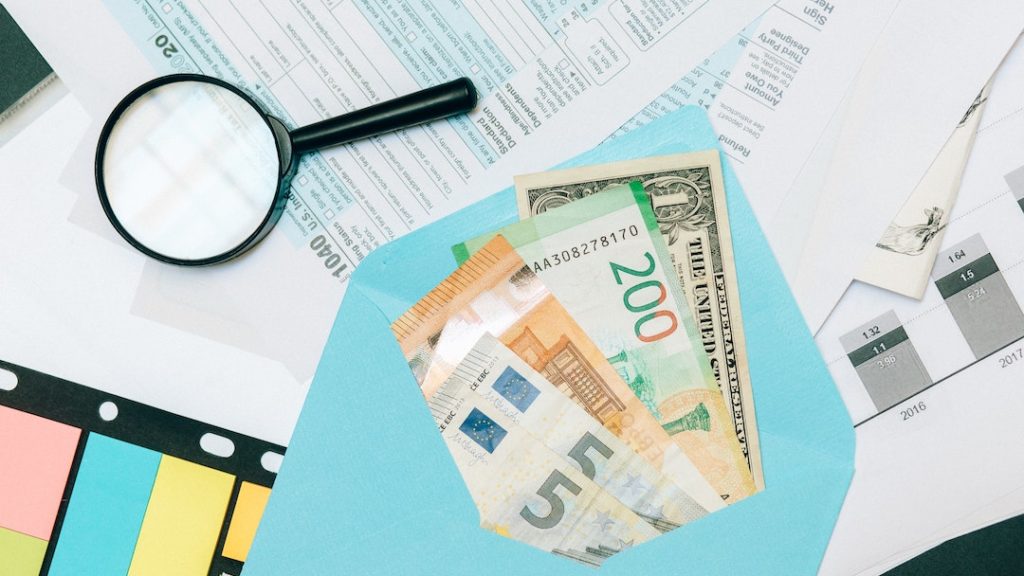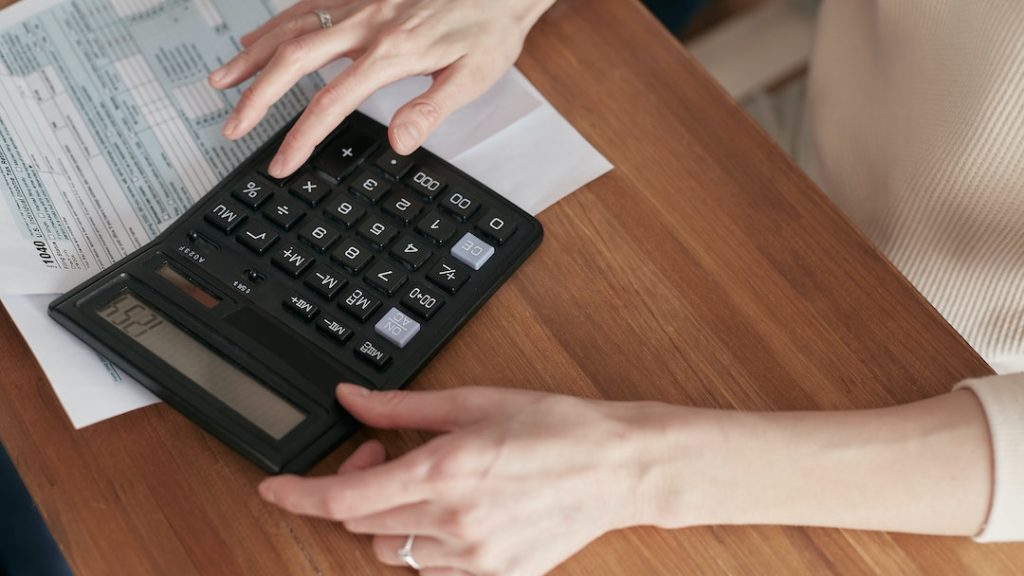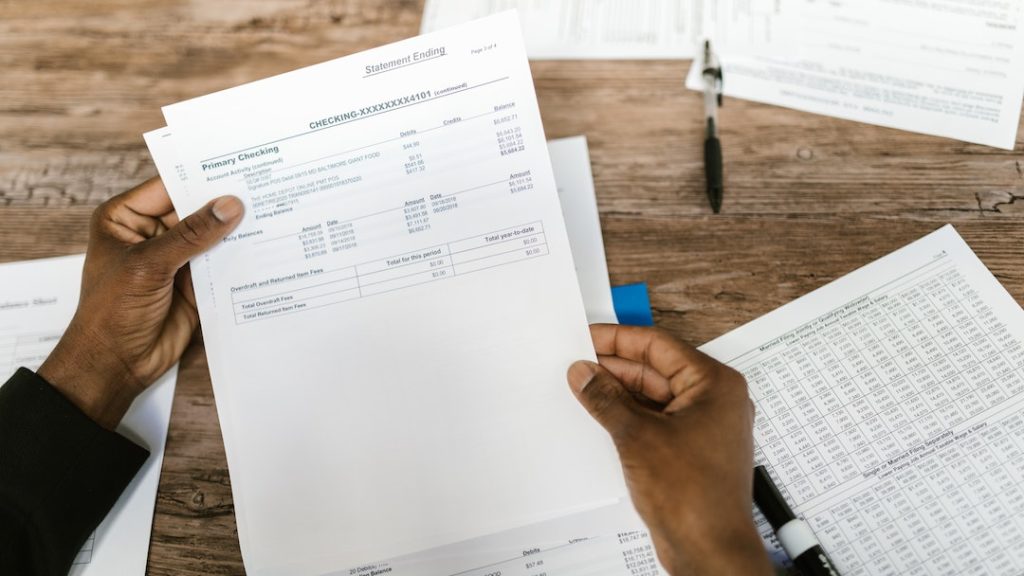For many people, there is nothing more exciting than innovation. Inventors who are engaged in research and development activities have a unique opportunity to lower their tax bills, and it’s all thanks to IRC Section 174.
Our tax system is full of technical jargon and complex intricacies, and it’s constantly changing. Even Section 174 isn’t immune to change, so if this is your first year participating in research and development activities and you want to learn more about IRC Section 174, then you’re in the right place.
We want to help you make the most of your finances, and learning the ins and outs of our tax system can benefit you enormously. We created this detailed guide to give inventors all the information they need to know about IRC Section 174 and how they can make it work for them.
Related: R&D Credits for Software Companies: What to Know
Table of Contents
What Is IRC Section 174?
Some people refer to IRC Section 174 as an inventor’s best friend. This section was enacted to encourage inventors and companies engaged in research and development activities by lowering their lax liability for expenditures that occurred during these activities.
This means that you can claim both direct and indirect costs that were a direct result of research and development activities. An important aspect of Section 174 to note is, “A taxpayer may treat research or experimental expenditures which are paid or incurred by him during the taxable year in connection with his trade or business as expenses which are not chargeable to capital account. The expenditures so treated shall be allowed as a deduction.”
You should take note of this phrase, “not chargeable to capital account.” This means that the money you’ve spent on research and development activities will be deducted from your gross income, which lowers your overall taxable income.
So, for example, if you make $80,000 in a year and spend $10,000 on research and development, then your total taxable income will only be $70,000. This is how the government aimed to incentivize inventors to engage in more research and development activities.
Is Section 174 The Same As The R&D Tax Credit?
The similar language seen in Section 174 and the R&D tax credit can be confusing for those who have never been down this road before. While both aspects of our tax system cover similar things, they are actually two very distinct concepts.
A simple way to understand the difference between these two is to remember this; all R&D credit expenses must qualify as a Section 174 expense, but not all Section 174 expenses will qualify as R&D credit expenses.
Let’s get into more detail about this. There are two critical differences between Section 174 and the R&D Tax Credit.
- Not all Section 174 expenses will qualify as R&D credit expenses. R&D credit expenses relate to direct expenses incurred due to research and development, such as necessary supplies, payment of wages or salaries, and contracted research. Section 174 allows you to claim other expenses, which we’ll discuss in more detail later in this guide.
- The R&D tax credit is only given when your research expenses exceed a specified base amount. Section 174 expenses don’t have to exceed any amount, and those expenses are deductible for the current tax year. If you haven’t spent enough money on research and development to exceed that specified base amount, you may not have enough expenses to generate an R&D credit one year. However, those expenses can still be deducted as Section 174 expenses.
Are you looking for help determining which expenses qualify for Section 174? Contact us at TaxRobot to speak with one of our trained professionals today!

What Is Research and Development (R&D)?
Research and development activities are typically described as any activity that aims to design, develop, or improve products, techniques, processes, software, or formulas. Your R&D must follow specific agreed-upon parameters such as practicing the scientific method, using biological or technological sciences, etc.
In simpler terms, research and development activities must be done through proper scientific or technological experimentation to create a new product, technique, process, etc., or improve an existing one.
As long as you’re engaged in R&D activities, then certain expenses will be deductible. It’s important to note that only scientific or technological research and development is covered under Section 174. You can’t, for example, claim expenses used for marketing R&D purposes.
Related: How Startup Technology Companies Qualify for the R&D Tax Credit
What R&D Expenses Qualify For Section 174?
Essentially, any money you spend conducting research and development is deductible from your taxes. There is one major exception, which we’ll cover later in this section. For now, let’s focus on the types of expenses that qualify.
Direct Expenses
You’re able to deduct all direct expenses related to R&D activities. This can include supplies needed to conduct the R&D (lab equipment, scientific equipment for field work, computers, and other technology). You can also claim wages or salaries paid to others who worked with you on your R&D project(s).
Indirect
Any expenses that directly supported your R&D, but weren’t used for the actual R&D process, are considered indirect expenses that you can claim in Section 174. This includes any overhead expenses, travel expenses, publication expenses, etc.
You can also currently write off the fees associated with getting a patent through Section 174. The one major exception for indirect expenses you can’t write off is the purchase of a long-term property or facility where you’re conducting your R&D.

How Has Section 174 Changed?
A provision of the Tax Cuts and Jobs Act (TCJA) has changed the way Section 174 works. It went into effect on January 1, 2022. Previously to this alteration, businesses have been able to deduct the Section 174 expenses from the current tax year or capitalize and amortize the costs over five years.
This new provision removes the option of deducting these expenses from your current tax year. Instead, if your R&D was conducted in the US, you must capitalize and amortize the costs over five years.
However, if your R&D was conducted outside of the US, you must capitalize and amortize the costs over fifteen years.
This is a significant change to Section 174 and could lead to businesses feeling less incentivized to conduct research and development activities.
Related: Qualified Research Expenses (QRE): A Complete Guide
Things to Keep in Mind
IRC Section 174 used to be an inventor’s best friend, but with the recent changes due to a provision of the TCJA, it’s unclear how this will affect businesses long-term. You can still use Section 174 to claim R&D expenses, then capitalize and amortize them over a period of five or fifteen years, depending on where the research was conducted.
If you’re looking for assistance with your business’s taxes, then you’re in the right place! Contact us at TaxRobot to learn more about how we can help.


